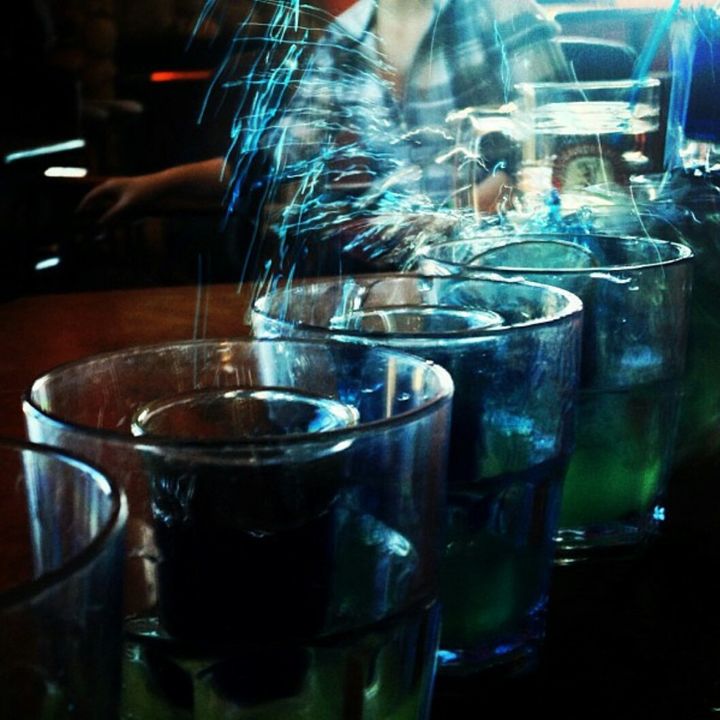Teenagers who mix alcohol and energy drinks are more likely to abuse drugs as adults, researchers have found.
Scientists at Purdue University discovered that drinks such as Jägerbombs trigger the same changes in teenager’s brains as the class A drug cocaine.
Worryingly, the effects of these cocktails can last into adulthood, making it more difficult for users to exhibit control over alcohol and drugs.

Richard van Rijn, assistant professor of medicinal chemistry and molecular pharmacology at the US university, looked at the effects of energy drinks and highly caffeinated alcohol on adolescent mice.
Van Rijn and his team discovered that adolescent mice given a mixture of alcohol and energy drink reacted similarly to adolescent mice given cocaine.
With repeated exposure to the cocktail, the mice became more active and researchers detected increased levels of a protein that marks long term changes in neurochemistry.
The adolescent mice also experienced a different sensitivity to cocaine as adults than those exposed to alcohol alone.
“Mice that had been exposed to alcohol and caffeine were somewhat numb to the rewarding effects of cocaine as adults,” Van Rijn said.
“Mice that were exposed to highly caffeinated alcoholic drinks later found cocaine wasn’t as pleasurable. They may then use more cocaine to get the same effect.”
The scientist confirmed his theory by then exposing the mice to saccharine, an artificial sweetener that acts as a pleasurable substance like cocaine or alcohol.
Van Rijn found that the mice fed the caffeine and alcohol mix drank more of the sugary water than the control group, meaning the cocktail had caused a chemical change in their brains.
“Their brains have been changed in such a way that they are more likely to abuse natural or pleasurable substances as adults,” Van Rijn said.
